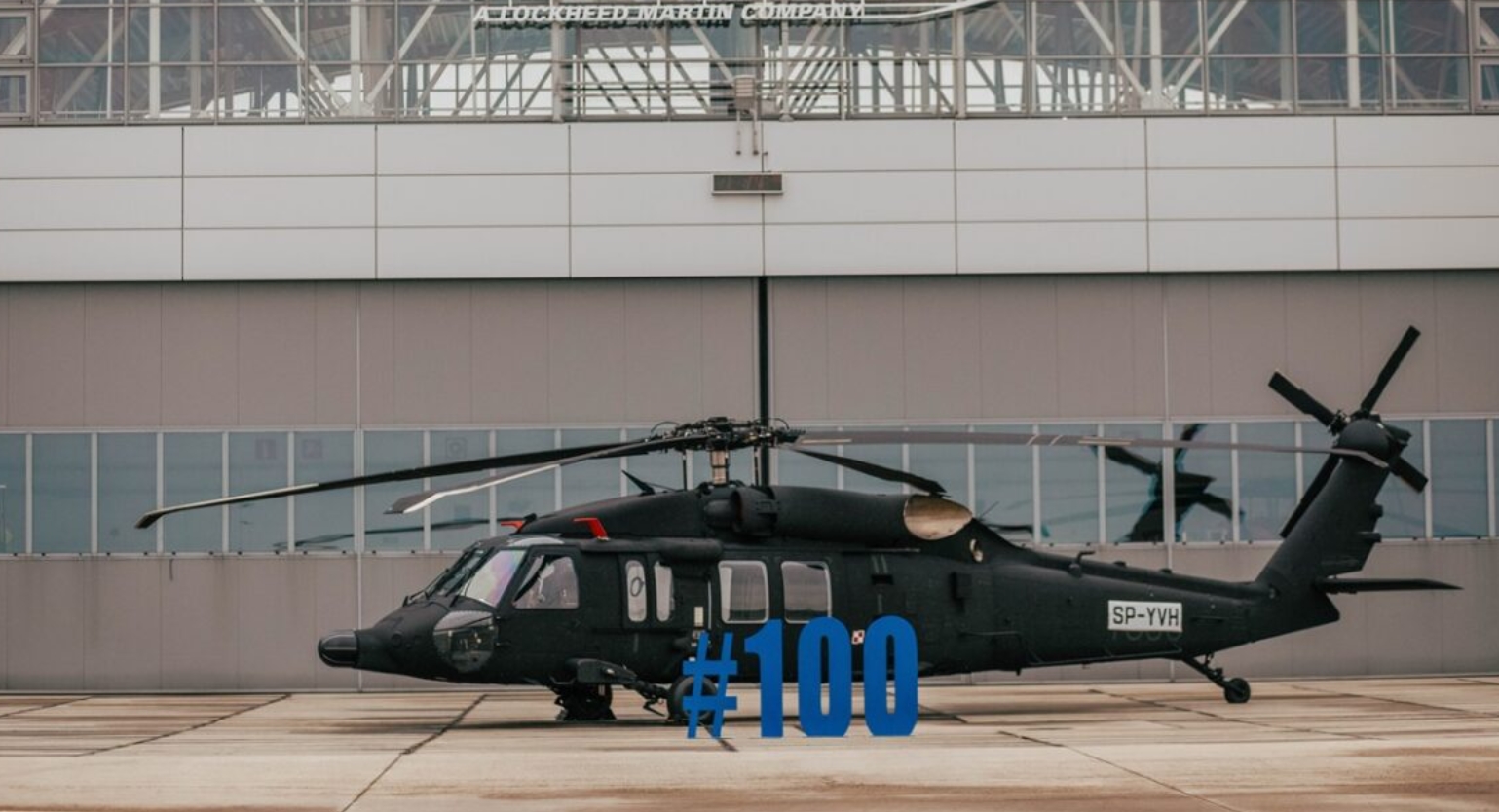Modernized Vertical Lift System With Advanced Compound Frameworks and Enhanced Security Procedures
In the world of upright lift platforms, a significant shift towards modernization has actually been observed, driven by the assimilation of innovative composite frameworks and enhanced precaution. These enhancements represent a critical development in the style and performance of lift platforms, guaranteeing raised performance and dependability across various industries (sikorsky s 70). As industries pursue better functional accuracy and security requirements, the use of composite products and progressed safety and security attributes has actually ended up being vital. In exploring the convergence of technology and safety in modern-day lift systems, a compelling narrative arises, showcasing the possibility for transformative innovations that provide to the ever-evolving requirements of industrial sectors.
Development of Vertical Lift Systems

The development of upright lift systems can be mapped back to standard wheel systems and early elevator designs. In time, advancements such as hydraulic systems, electric motors, and advanced control mechanisms have greatly enhanced the effectiveness and security of these systems. Makers have actually additionally concentrated on boosting the security, reach, and load-bearing abilities of upright lift systems to satisfy the varied requirements of different industries.
Additionally, the combination of wise innovations like sensors, IoT connectivity, and automation features has actually better changed the capacities of contemporary vertical lift platforms. These technological improvements not just enhance functional efficiency but also ensure enhanced safety and security standards for employees using these platforms at different heights. The continual evolution of upright lift systems underscores their important duty in boosting vertical flexibility across industries.
Combination of Advanced Compound Structures

Moreover, the use of innovative composite products permits more facility and maximized architectural layouts, allowing engineers to customize the platform's residential properties to meet certain efficiency requirements. This modification can result in improved aerodynamics, lowered resonances, and improved overall safety throughout operation. The assimilation of innovative composite frameworks likewise adds to a reduction in upkeep costs and downtime, as these materials exhibit superb resistance to ecological factors and have a longer life span compared to traditional products. Generally, the consolidation of advanced composite frameworks in contemporary vertical lift systems stands for a significant improvement in aerospace modern technology, leading to much more reliable, trustworthy, and much safer aerial transport systems.
Boosted Precaution Implementation
Applying improved safety and security actions is vital in making sure the optimum performance and reliability of contemporary vertical lift systems. These procedures encompass a series of methods targeted at mitigating risks and enhancing general safety requirements. One essential facet of enhanced precaution is the assimilation of innovative sensing unit modern technologies to keep track of numerous parameters in real-time. By utilizing sensors for features such as structural health monitoring, load tracking, and ecological picking up, possible dangers can be recognized early, enabling proactive maintenance and corrective activities.

Sector Applications and Advantages
With improvements in innovation and engineering, modernized upright lift systems have actually discovered diverse applications across numerous sectors, providing considerable benefits in performance and performance. In the production sector, these platforms simplify the procedure of delivering hefty products and tools within facilities, next reducing hands-on handling and boosting operational efficiency. The building sector advantages from vertical lift platforms by making it possible for employees to gain access to raised areas securely and successfully, enhancing total job timelines. Warehousing and logistics business make use of these platforms to maximize storage space usage and facilitate quicker selecting and packing procedures.
Additionally, upright lift systems play a crucial role in the repair and maintenance of facilities such as bridges, power lines, and buildings, enabling service technicians to reach unattainable areas effortlessly (sikorsky visit here s 70). The aeronautics market additionally leverages these systems for aircraft upkeep and assembly tasks, enhancing process efficiency and making sure worker safety and security at heights. Generally, the prevalent fostering of up-to-date vertical lift systems throughout markets highlights their adaptability and the substantial improvements they bring to different procedures
Future Trends in Lift Platform Modern Technology
Incorporating advanced automation and intelligent functions, lift platform modern technology is positioned to revolutionize upright transportation systems in the close to future. One key pattern is the combination of Net of Points (IoT) technology, making it possible for lift platforms to interact real-time information for predictive maintenance, enhancing performance, and boosting safety. Synthetic intelligence and device understanding formulas are additionally being incorporated to evaluate patterns, predict potential concerns, and boost effectiveness. The use of innovative materials such as carbon fiber compounds is on the increase, supplying raised longevity and toughness while lowering general weight. Boosted precaution, including biometric verification and emergency situation action systems, are becoming common features to guarantee guest safety. Furthermore, adjustable configurations and modular designs are acquiring appeal, permitting higher flexibility to different settings and demands. As lift platform modern technology remains to advance, these trends are established to shape the future of vertical transportation, making it a lot more reliable, safe, and use this link easy to use.
Conclusion
Finally, the modernized upright lift platform showcases the advancement of technology in the sector. By integrating sophisticated composite structures and improved precaution, this system supplies enhanced effectiveness and safety and security for different applications. The market can benefit substantially from these developments, and future patterns in lift system innovation are likely to continue boosting upon these innovations for also better success and performance.
In the realm of upright lift platforms, a significant shift in the direction of innovation has been observed, driven by the integration of sophisticated composite frameworks and enhanced safety and security procedures. The continuous advancement of vertical lift systems highlights their essential role in enhancing vertical flexibility throughout sectors.

The incorporation of sophisticated composite structures in modern-day upright lift platforms has substantially improved their architectural integrity and performance abilities. By integrating these advanced compounds right into the design and building of vertical lift platforms, makers can decrease general weight, boost load-carrying capacity, and improve the system's sturdiness and durability.
Executing improved safety and security steps is imperative in ensuring the optimum performance and dependability of contemporary upright lift systems.